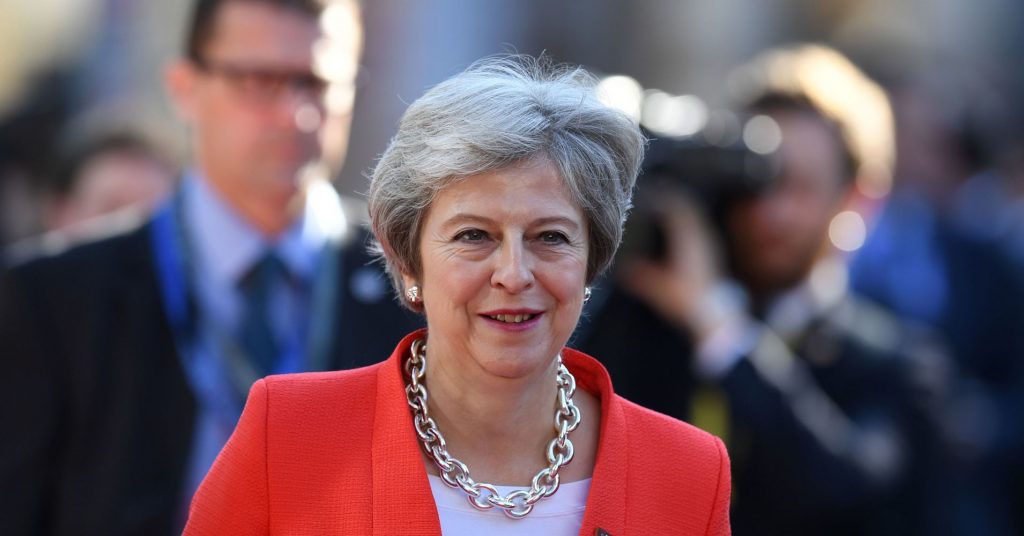
Prime Minister Shinzo Abe of Japan faces a tough balancing act as he heads to Beijing for a Thursday summit with Chinese President Xi Jinping.
Japan’s often fraught relations with China are improving — as highlighted by Abe’s Oct. 25-27 visit, the first stand-alone journey to the country by a Japanese leader in nearly seven years.
But it comes as long-time ally and security guarantor the United States wages a tariff war on China, Japan’s biggest trading partner, while occasionally tossing ominous threats Tokyo’s way as well.
“Navigating between the two is a challenge” for Abe, said Japan politics and security expert Brad Glosserman, a visiting professor at Tama University in Tokyo and senior adviser at Honolulu-based think tank Pacific Forum. Glosserman spoke to CNBC on Monday.
Abe will reportedly be accompanied by hundreds of Japanese executives hungry for opportunities in China, Japan’s biggest trading partner, even as they share U.S. and European concerns about Chinese economic and business practices.
But Abe, and no doubt many of the business people, will also be looking over their shoulders at U.S. President Donald Trump.
Trump, who has used the threat of tariffs on Japanese vehicles to cajole a reluctant Tokyo into free trade talks, last week tweeted praise for Japan ahead of Abe’s trip, including a graphic lauding its investments in the United States.
Prime Minister @AbeShinzoof Japan has been working with me to help balance out the one-sided Trade with Japan. These are some of the investments they are making in our Country – just the beginning! pic.twitter.com/ib2yB3Akkt
— Donald J. Trump (@realDonaldTrump) October 18, 2018 ” target=”_self”>Tweet: Prime Minister @AbeShinzo of Japan has been working with me to help balance out the one-sided Trade with Japan. These are some of the investments they are making in our Country – just the beginning!
Glosserman said Abe and other U.S. allies have learned how to ingratiate themselves with Trump.
“But I think that what everyone worries about more than anything else is the degree to which this buys you anything more than temporary solace,” he said.
And that is where China sees an opening to offer itself as a more stable alternative, while beefing up its own defenses in the trade war, according to consulting firm Eurasia Group.
“Trump’s sometimes rather jarring treatment of governments in the region (and elsewhere) has created an opportunity for China to redouble its efforts to pitch itself to Japan and other countries as an alternative to the U.S. as a strategic and economic partner and dilute concerns about China’s rise,” it said in a report on Oct. 19.
Thirty years ago, Japan was in a similar position as China is now, perceived as the biggest threat to the economic supremacy of the United States. Japan’s economy eventually faltered, and rapidly growing China surpassed it.
Japan took advantage of the opportunities China offered, and trade and investment flourished. But a longstanding maritime dispute over uninhabited islands in the East China Sea and other arguments dating to World War II raised tensions.
Those problems have not gone away, but their management has improved as both sides have found mutual interests. That process took off in earnest when Abe and Xi awkwardly met in Beijing in 2014, just ahead of the Asia-Pacific Economic Cooperation forum summit that China hosted.
The leaders will also be celebrating the 40th anniversary of a peace and friendship treaty — but how long the current detente can last is an open question.
Fundamentally, China sees itself as Asia’s leader with Japan in systemic decline, Eurasia Group said.
“Japan takes issue with this narrative, and this clash of basic views and interests will continue to make managing the bilateral relationship very challenging,” it said.

